Tennis Elbow: causes, symptoms and treatment options
The human body consists of about 600 skeletal muscles. Typically, a skeletal muscle consists of the beginning, which attaches the muscle to the bone, the belly consisting mainly of bundle of fibers and the tendon (muscle insertion), which connects the muscle to the bone. Due to the fact that the muscle is fixed to the bone on both ends, a contraction results in a movement such as bending of a joint (e.g. flexion ) or straightening of a joint (e.g. extension).
When muscle insertions get damaged due to uneven load, impact or as a result of age related decrease of muscle function, problems such as tennis or golfer’s elbow may occur.
Tennis elbow causes
Tennis elbow (lateral epicondylitis or epicondylitis humeri radialis) is a condition caused by tendinopathy (damage of tissue) of muscle insertions. This tissue damage is most frequently caused by a chronic overload or by age-related decrease of muscle function. There are actually two stages of tennis elbow, the acute one and the chronic one. The acute tennis elbow is generally caused by a single time activity such as plaster application, using a screwdriver, wrench, axe or spade and also by some sports activities (such as playing tennis).
If the pain lasts for more than 6 weeks in a row the condition gets into a chronic stage and some changes occur in elbow joint. The chronic type of tennis elbow may also be caused by improper treatment of the acute stage or by metabolic problems or toxic substances.
Symptoms
The main symptoms of the tennis elbow are mild to severe pain in the upper part of the elbow joint (this pain persists both in movement and under pressure). A typical symptom is the pain in the lateral epicondyle of the humerus (e.g. outer part of the arm bone end near the elbow joint) when extending the middle finger of your hand. Symptoms may also include pain radiating to fingers. Sometimes some swelling of the tendons may be visible. The pain usually stops at night or when slightly bending the elbow and wrist.
Complications
Main complications in connection with the tennis elbow are infection and tendon rupture. The infection is usually treated by antibiotics, while tendon rupture calls for a surgery.
Tests and examinations
Tennis elbow diagnosis depends on the symptoms. Usually your physician performs an X-ray to confirm the diagnosis.
Treatment
The treatment usually involves easing the load on the elbow and hand, rehabilitation and application or administration of non-steroidal anti-inflammatory drugs (e.g. ointments such as Ketoprophen, Fastum Gel or Voltaren and/or Ibalgin, Ketonal, etc. tablets). It is also possible to use an orthesis, however a complete immobilization is not recommended. If the problem persists some corticoid injections may be applied locally or a surgery may be performed.
Thinks to avoid
Avoid overloading your elbow and hand as well as all movements causing the pain.
| Written by: | Michal Vilímovský (EN) |
|---|---|
| Education: | Physician |
| Published: | November 8, 2012 at 12:38 AM |
| Next scheduled update: | November 8, 2014 at 12:38 AM |
Related articles
Get more articles like this in your inbox
Sign up for our daily mail and get the best evidence based health, nutrition and beauty articles on the web.

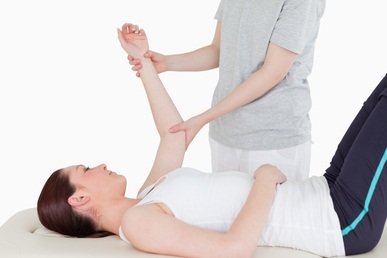


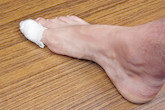
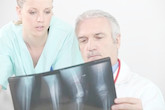

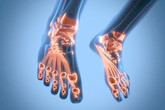
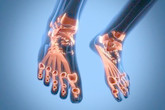
Ache in left arm that you should not ignore
Alkaline water dangers: why you should not drink it
How to Avoid Sleepiness While Studying?
23 Foods That Increase Leptin Sensitivity
Low dopamine (e.g. dopamine deficiency): causes, symptoms, diagnosis and treatment options
Swollen taste buds: the ultimate guide to causes, symptoms and treatment
Thin endometrial lining: causes, symptoms, diagnosis and treatment
Pimples inside nose: the complete guide
Holes in tonsils: definition, symptoms, treatment and prevention
How to deal with an ingrown hair cyst
Allegra vs. Zyrtec vs. Claritin
How to get rid of phlegm (excessive mucus) in throat? Detailed guide to medical and home remedies, symptoms and causes
What causes stomach ache after meals?
Allergy to penicillin and alternative antibiotics
Liver blood test results explained